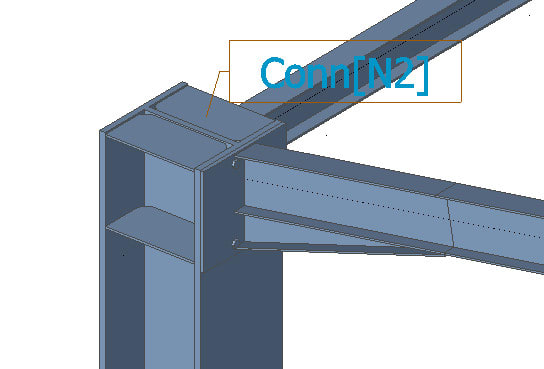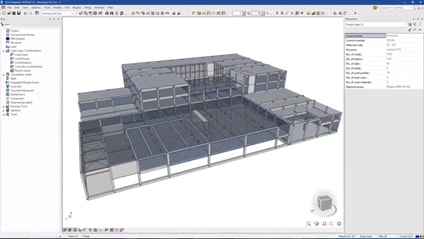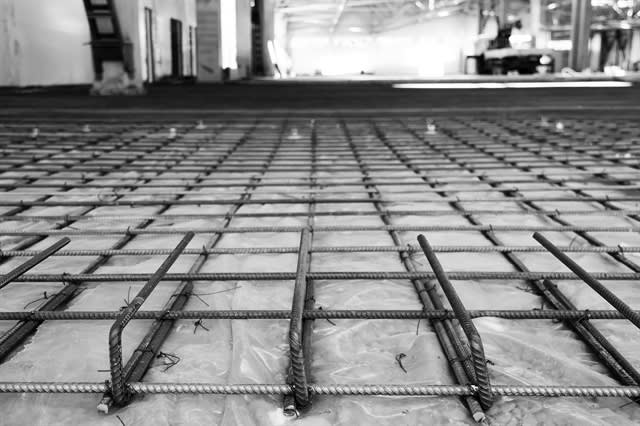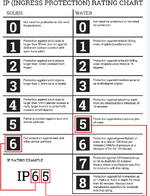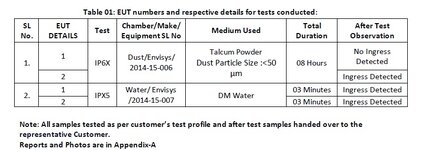srini1785
Electrical
- Apr 5, 2021
- 38
Hi,
Does the IP65 protection class apply to Non - electrical equipment too?
I have a Pure pneumatic valve (3/2 single plunger operated) which has no electrical component. Our customer wants it IP65 rated. There is very little room for modification to make it water or dust tight (actually we tried and failed). Any technical documentation that says that IP65 applies only to Electrical equipment only or to enclosures which house electrical parts?
Thanks
Does the IP65 protection class apply to Non - electrical equipment too?
I have a Pure pneumatic valve (3/2 single plunger operated) which has no electrical component. Our customer wants it IP65 rated. There is very little room for modification to make it water or dust tight (actually we tried and failed). Any technical documentation that says that IP65 applies only to Electrical equipment only or to enclosures which house electrical parts?
Thanks

